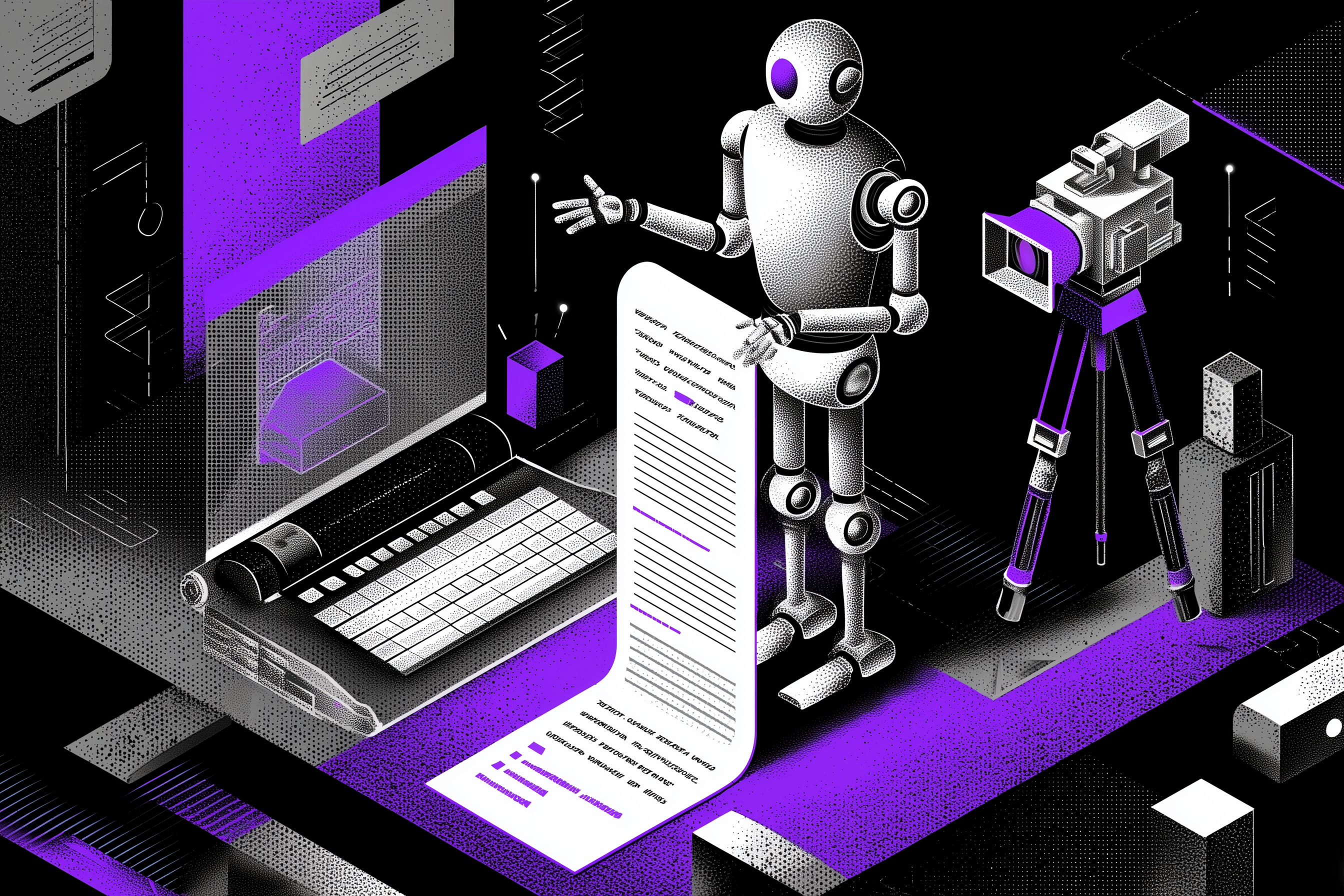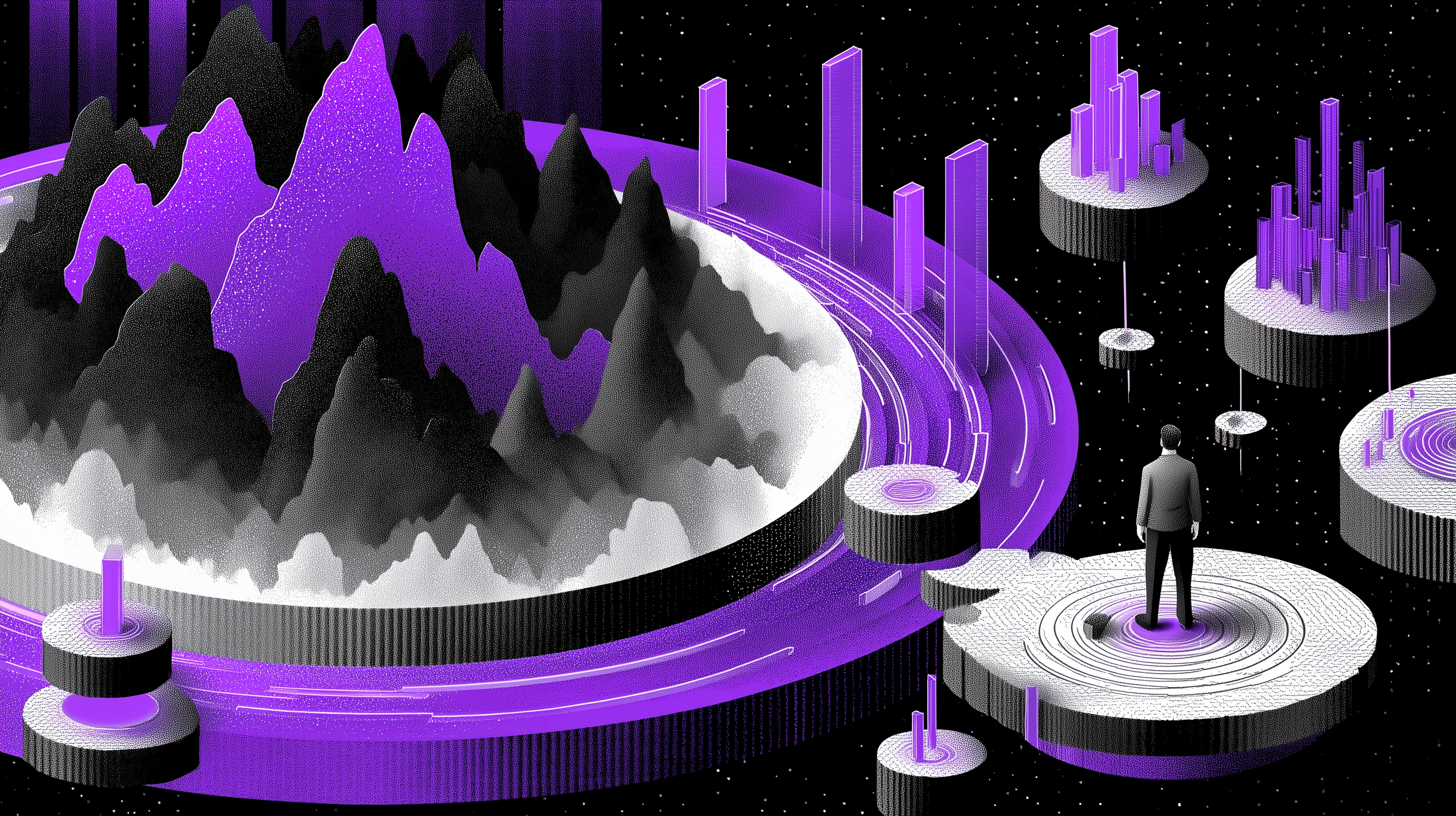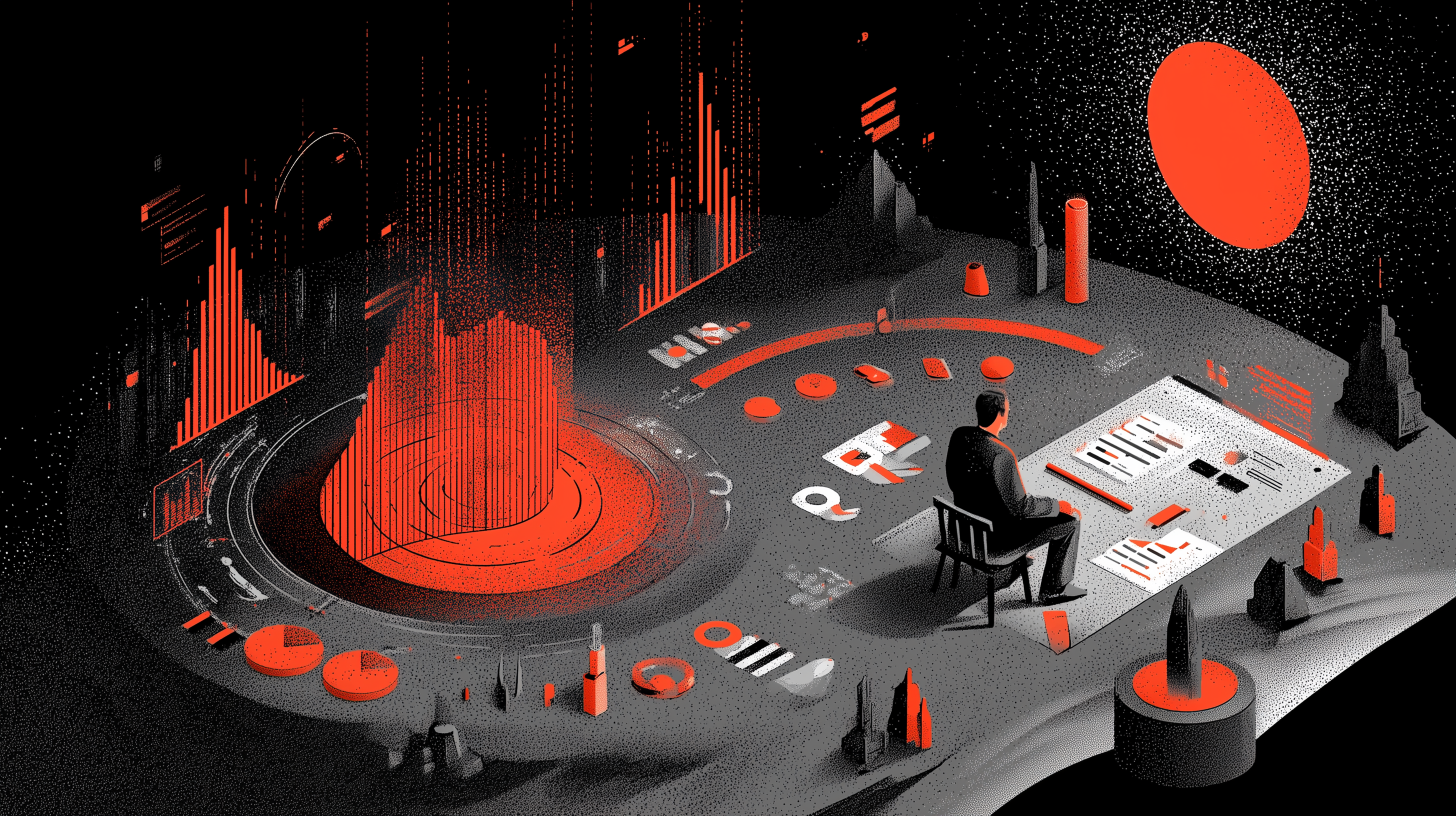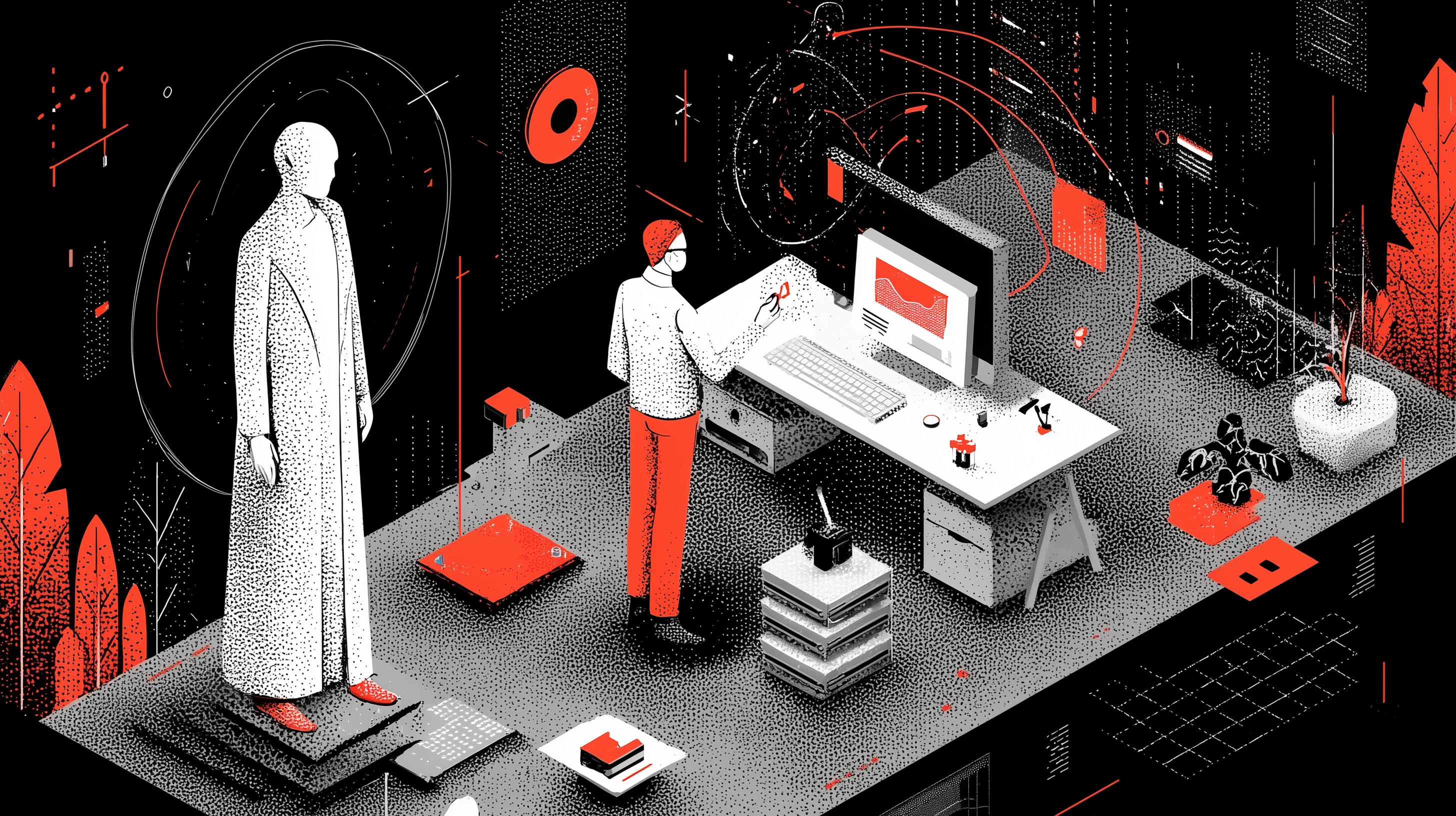How AI Can Generate Ready-to-Shoot Video Scripts

Discover how AI generates ready-to-shoot video scripts: saving time, boosting creativity, and accelerating video production in 2025.
In 2025, more than 80% of global internet traffic will be video-related (Cisco, Annual Internet Report). Companies are facing a growing demand for audiovisual content, whether for marketing, internal communication, or training. But producing a video remains a time-consuming process: you need to find an idea, write it, structure it, and then bring it to life visually.
This is where artificial intelligence comes in. Far from replacing screenwriters, AI is becoming a digital co-writer capable of generating complete, clear, and “ready-to-shoot” video scripts in minutes. This evolution is radically changing how brands conceive and produce their content.
What is a “Ready-to-Shoot” Video Script?
A ready-to-shoot video script is a document that precisely describes the flow of a video. It includes:
- The scenes and their order.
- Dialogues or voice-overs.
- Visual cues (framing, settings, mood).
- Sometimes technical notes (duration, transitions, social media-friendly formats).
Unlike a simple idea or a sketched storyboard, a “ready-to-shoot” script can be used directly by a production team.
In a modern creative workflow, like those offered by collaborative management platforms such as MTM, this script becomes a common foundation for marketing, creative, and technical teams.
How Does AI Generate Video Scripts Today?
From Idea to Synopsis
AI can transform a simple text brief into a narrative synopsis. For example, a sports brand enters "new running collection, values of surpassing oneself, and authenticity" → AI suggests several possible hooks and an inspiring story arc.
Structuring the Script
Once the angle is chosen, AI details the scenes:
- An opening with a visual hook.
- Dramatic progression.
- An impactful conclusion with a call to action.
It can generate natural dialogue, suggest voice-overs, and allocate screen time between sequences.
Adapting to Video Format
AI adapts the script to the medium:
- Advertisement (dynamic 30 seconds).
- Product tutorial (instructional script with numbered steps).
- Corporate storytelling (highlighting company values).
- Social media content (short formats, punchy phrases, built-in subtitles).
This flexibility allows for the production of multiple versions of the same message in minutes.
The Concrete Benefits for Companies
Time and Productivity Gains
According to a McKinsey study (The economic potential of generative AI: The next productivity frontier), AI could automate up to 60-70% of work activities in areas like marketing and communication (McKinsey, 2023). This translates into a massive reduction in the time needed for video pre-production, which has historically been one of the most time-consuming stages.
Narrative and Marketing Consistency
AI ensures better consistency across campaigns: tone, vocabulary, and message. Marketing teams can more easily align their scripts with their brand strategy.
Facilitated Multichannel Production
The same script can be automatically adapted for:
- YouTube
- TikTok
- Internal e-learning
This allows for the use of data and versioning, which are essential practices for optimizing content performance.
Improved Collaboration
In a collaborative environment like MTM, AI becomes a facilitator. The generated scripts can be shared via review links, commented on, adjusted in real time, and intelligently archived.
Expert Quote: "AI doesn't just write scripts; it streamlines exchanges between teams and reduces friction in pre-production." — Dr. Élodie Martin, Digital Media Researcher.
Best Practices for Leveraging AI
- Start with a strong brief: The clearer the instructions, the more relevant the generated script will be.
- Use AI as a co-writer: The human retains the creative vision, while AI proposes variations and enriches the content.
- Leverage personalization: Adjust scripts for different audiences (B2B, B2C, young people, professionals).
- Integrate into the overall workflow: Combine AI with asset management, smart archiving, and analytics to measure performance.
Conclusion: Towards a New Era of AI-Augmented Video Creativity
AI doesn't replace human creativity; it democratizes and accelerates it. By generating ready-to-shoot video scripts, it allows companies to produce more, faster, and with enhanced consistency.
In 2025, the standard is no longer choosing between efficiency and creativity: thanks to AI, the two go hand-in-hand. Human + machine co-creation is becoming the standard for modern audiovisual workflows.
FAQ :
1. What is an AI-generated ready-to-shoot video script? It's a structured document (scenes, dialogue, instructions) that AI generates from a brief to be used directly in production.
2. Can AI write an ad script? Yes, it can suggest scripts adapted for ad formats (15 to 60 seconds) with dialogue and impactful hooks.
3. What are the benefits of using AI to write a video script? Time savings, narrative consistency, multichannel adaptation, and improved collaboration between teams.
4. How much time can you save with AI in pre-production? According to McKinsey, AI can automate up to 60% of tasks related to creation and preparation, which significantly reduces pre-production time.
5. How do you integrate an AI-generated video script into a creative workflow? It can be shared, commented on, and archived in a collaborative platform like MTM to facilitate approval.
Sources
Other Posts

Where should applied ai intervene to maximize the impact of marketing campaigns ?

How AI agentizes market data to write strategic pre-creation recommendations.

